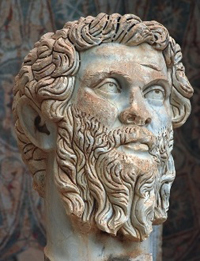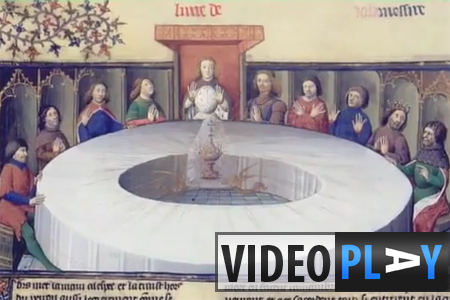Two Swedish museums have this month returned the remains of Maori people, believed to have been removed from New Zealand in the 19th century. The remains from five different people included a skull, a skeleton, two arm fragments and a mummified hand.
A traditional Maori ceremony was held at the Museum of World Culture in Gothenburg to hand over the remains. Representatives from the Museum of New Zealand Te Papa Tongarewa, the countrys national museum, and New Zealand’s Ambassador to Sweden Barbara Bridge attended.
The ceremony was all about talking to the spirits and acknowledging that even though the bodies are departed, the spirits have followed us and are in our memory”, Teherekiekie Herewin, the manager of repatriation at the Museum of New Zealand Te Papa Tongarewa, told The Local.
The remains had been held in the Museum of World Culture and the Gothenburg Natural History Museum. The Museum of World Cultures archives indicate its remains were given to the ethnographical department by Gothenburg Museum’s zoological department in 1884. They had originally been donated by a sea captain called AR Gavin in 1843.
The remains that had been held in the Gothenburg Natural History Museum originally arrived at Gothenburg Museums zoological department in 1876 as part of an exchange with New Zealands Christchurch Museum. They were probably exhibited in the East Indian Company building, which at the time was the city’s museum.
The director of the National Museums of World Culture, Director General Gran Blomberg, said his organisations position on the repatriation of human remains was clear. “The human remains in Western museums are mostly the result of colonial relationships and a racist view of the world,” he said. “We now aim to work actively for the repatriation of human remains younger than around 200 years to their country of origin.”
Ann Strmberg, Director of Gothenburgs Natural History Museum, said her museum dealt with requests for the repatriation of human remains promptly, and with sensitivity and respect.
Since 2004, Swedish museums have returned the remains of dozens of Aboriginal Australians and a totem pole belonging to a Canadian aboriginal tribe. It also recently returned 22 skulls to Hawaii. Meanwhile, issues of repatriation continue to be fiercely debated around the world, with calls for the Bust of Nefertiti, the Rosetta Stone, the Lewis Chessmen and the Elgin Marbles all to be sent to their country of origin.





